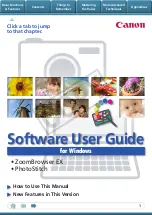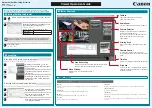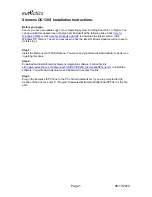
106
Chapter 6: Using Flash Remoting with ColdFusion MX
</cffunction>
<cffunction name=
"functB"
access=
"remote"
returnType="Struct">
</cffunction>
</cfcomponent>
Note:
For ColdFusion component methods to communicate with Flash applications, you must set
the
cffunction
tag’s
access
attribute to
remote
.
You call these functions in ActionScript using the following syntax:
CFCService.functA();
CFCService.functB();
Returning results to ActionScript
In a ColdFusion component, you use the
cfreturn
tag to return a single variable to ActionScript.
The following example returns a structure variable:
<cfcomponent>
<cffunction name="helloWorld" access="remote"
returnType="Struct"
>
<cfreturn tempStruct>
</cffunction>
</cfcomponent>
Returning record sets in increments from a component
The component executes once and returns all the results to the Flash Remoting gateway. The
Flash application then requests subsequent records from the gateway as required.
The following example sets the
Flash.Pagesize
variable to 10 as part of returning results to the
Flash application:
<cfcomponent>
<cffunction name="getQuery" access="remote" returnType="query" >
<cfquery name="myQuery" datasource="ExampleApps">
SELECT *
FROM tblItems
</cfquery>
<cfset Flash.Pagesize = 10>
<cfreturn myQuery>
</cffunction>
</cfcomponent>
For more information, see
“Returning record sets in increments” on page 104
.
Passing parameters to ColdFusion components
You can pass multiple parameters from ActionScript to a ColdFusion component. In a
component, you either include the
cfargument
tag within a function definition that corresponds
to each parameter, or access the parameters directly from the Arguments scope.
















































